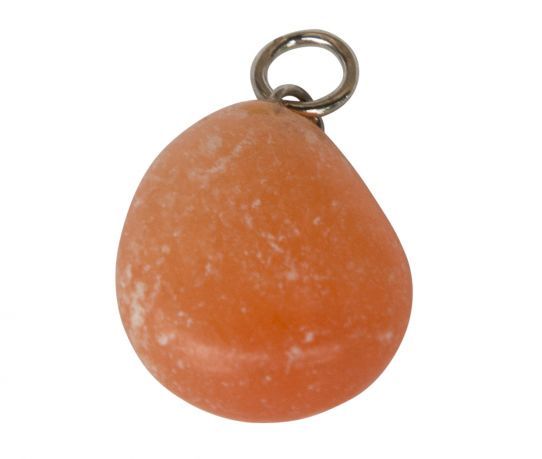We use cookies to make your experience better.
Alabaster (Gypsum and Selenite) "eyes-chain" from Spain
Alabaster is a name used in two different fields with two different meanings. This article concentrates on the archaeological and stone trade professional meaning of the word. They define "alabaster" by a set of external characteristics: a usually light-coloured, translucent and soft stone that has been used throughout human history mainly for carving decorative artifacts. In this sense it refers to both gypsum and calcite, two distinct varieties of minerals.Geologists define alabaster strictly as a compact and fine-grained variety of gypsum.Chemically, gypsum is a hydrous sulfate of calcium, while calcite is a carbonate of calcium. The calcite variety is also known as onyx-marble, Egyptian alabaster, or Oriental alabaster and is geologically described as either a compact banded travertine or "a stalagmitic limestone marked with patterns of swirling bands of cream and brown". "Onyx-marble" must be understood as a traditional, but geologically inaccurate term, since both onyx and marble have geological definitions distinct from even the widest one applicable for alabaster. In general (but not always), ancient alabaster is calcite in the wider Middle East, including Egypt and Mesopotamia, while it is gypsum in medieval Europe. Modern alabaster is probably calcite, but may be either. Both are easy to work and slightly water-soluble. They have been used for making a variety of indoor artworks and carvings, as they will not survive long outdoors. The two kinds are readily distinguished by differences in their hardness: gypsum alabaster is so soft it can be scratched with a fingernail (Mohs hardness 1.5 to 2), while calcite cannot be scratched in this way (Mohs hardness 3), although it does yield to a knife. Moreover, calcite alabaster, being a carbonate, effervesces when treated with hydrochloric acid, while gypsum alabaster remains nearly unaffected when thus treated.












